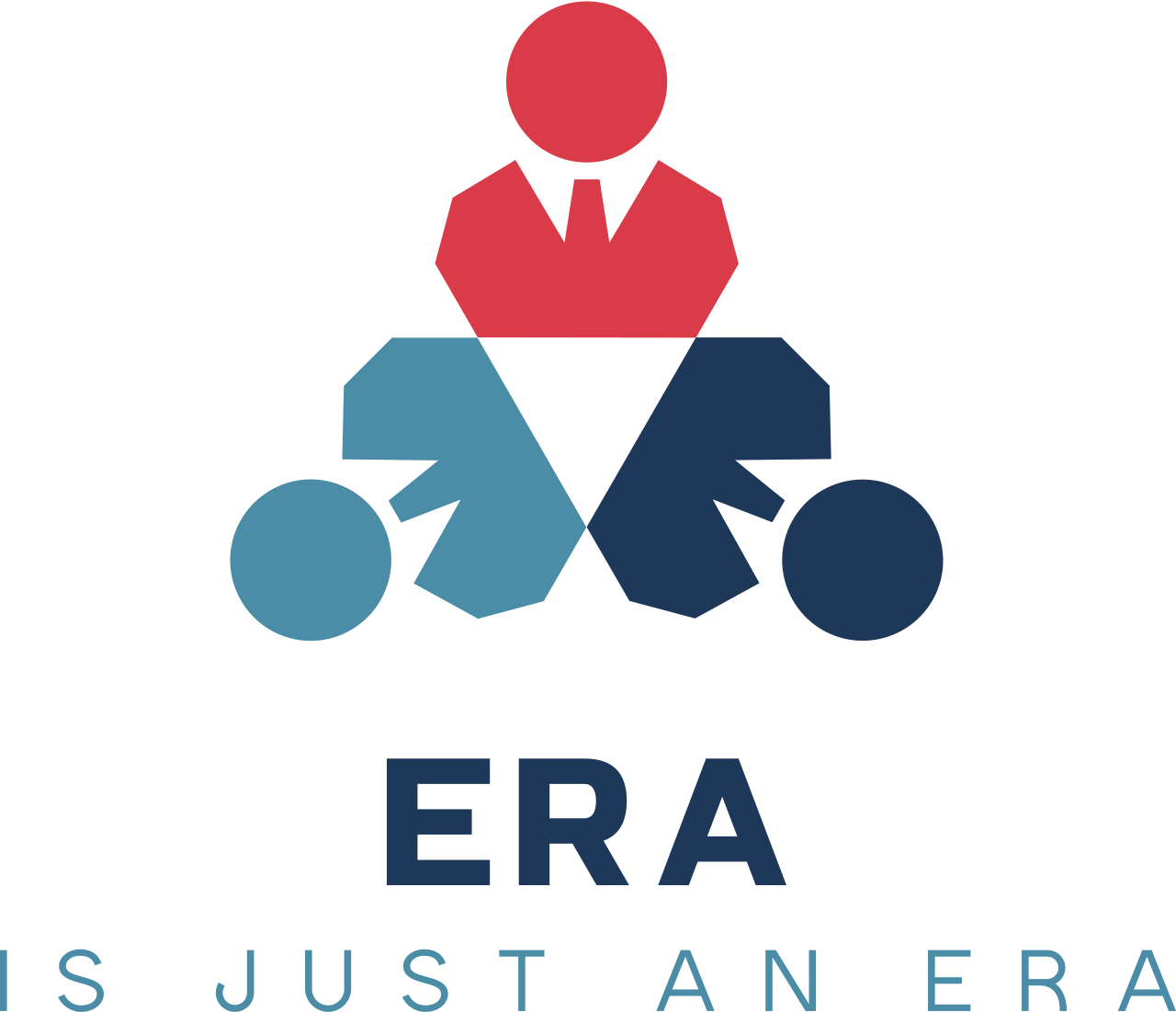Revolutionizing the Work Environment: Embracing Innovation for a Healt
How should leadership and organizational communication policies be restructured to minimize 'ping fatigue' and reduce the risk of burnout in collaborative, tech-driven environments?
In today’s rapidly evolving professional landscape, digital transformation is not just reshaping how people work, it is also redefining how workplaces nurture well-being and engagement. Recent insights point to the innovative benefits of hybrid work, which optimizes the strengths of both remote and in-person settings. Hybrid arrangements empower professionals by granting the flexibility to work from home while retaining the invaluable human connection found in face-to-face interactions. This balanced approach not only enhances personal autonomy and satisfaction but also mitigates stress and burnout commonly associated with rigid schedules.A significant breakthrough lies in understanding how different work environments influence mental health and organizational culture. Pioneering research shows that employees in hybrid settings actively demonstrate superior stress management, reduced burnout symptoms, and express greater fulfillment with their physical work spaces. This discovery underscores the importance of crafting policies that foster digital well-being and promote a healthier work ecosystem. By integrating digital tools with targeted support strategies, companies can offer tailored interventions such as technology training, digital detox initiatives, and flexible work guidelines that ensure no employee is left behind due to technological overload.Another transformative trend is the emergence of e-leadership, which redefines traditional leadership roles in the digital realm. The challenges of virtual communication have inspired leaders to adopt more inclusive and adaptive styles that bridge the gap between online and offline interactions. Developing virtual social environments that simulate organic connections between team members can significantly combat the isolation and miscommunications that often hinder remote work productivity.These innovative approaches demonstrate that technology, when paired with thoughtful organizational practices, can create a harmonious work environment. As organizations continue to leverage digital advancements to enhance productivity and well-being, they pave the way for a future where work is not just about technology, but about fostering a resilient, connected, and healthier community.
